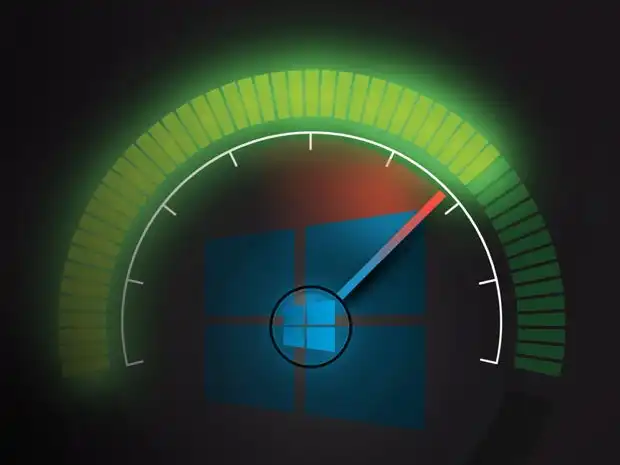
Introduction:
- Brief overview of the importance of optimizing Windows startup for enhanced system performance and user experience.
1. Identify Startup Programs:
- Guide users on how to identify unnecessary startup programs using Task Manager or third-party software.
- Explain the impact of excessive startup programs on boot time and system resources.
2. Disable Unnecessary Startup Programs:
- Step-by-step instructions on how to disable startup programs via Task Manager or System Configuration utility.
- Highlight the significance of disabling non-essential programs to streamline the startup process.
3. Prioritize Startup Programs:
- Discuss the importance of prioritizing essential startup programs over non-essential ones.
- Provide guidance on how to prioritize startup programs using Task Manager or third-party software.
4. Enable Fast Startup:
- Explain the concept of Fast Startup and how it accelerates the boot process by saving system state to disk.
- Instructions on how to enable Fast Startup in Windows settings for quicker boot times.
5. Update Device Drivers:
- Emphasize the role of outdated device drivers in slowing down the startup process.
- Guide users on how to update device drivers manually or using third-party software for improved system performance.
6. Optimize Startup Services:
- Discuss the significance of optimizing startup services to reduce boot time and system resource usage.
- Provide instructions on how to manage startup services using System Configuration or third-party software.
7. Clean Up Disk Space:
- Explain how cluttered disk space can impact boot time and system performance.
- Offer tips on how to clean up disk space by deleting unnecessary files and applications.
8. Defragment Hard Drive (if applicable):
- Discuss the benefits of defragmenting the hard drive for faster data access and improved system performance.
- Provide guidance on how to defragment the hard drive using built-in Windows tools or third-party software.
9. Consider SSD Upgrade:
- Highlight the advantages of upgrading to a solid-state drive (SSD) for significantly faster boot times and overall system performance.
- Discuss factors to consider when selecting an SSD and provide installation instructions.
10. Monitor and Maintain:
- Stress the importance of regularly monitoring startup performance and maintaining system cleanliness.
- Recommend periodic checks and optimizations to ensure continued efficiency.
Conclusion:
- Summarize the key points discussed in the article and reiterate the importance of optimizing Windows startup for a smoother computing experience.
- Encourage readers to implement the suggested techniques to speed up their boot time and maximize system performance.